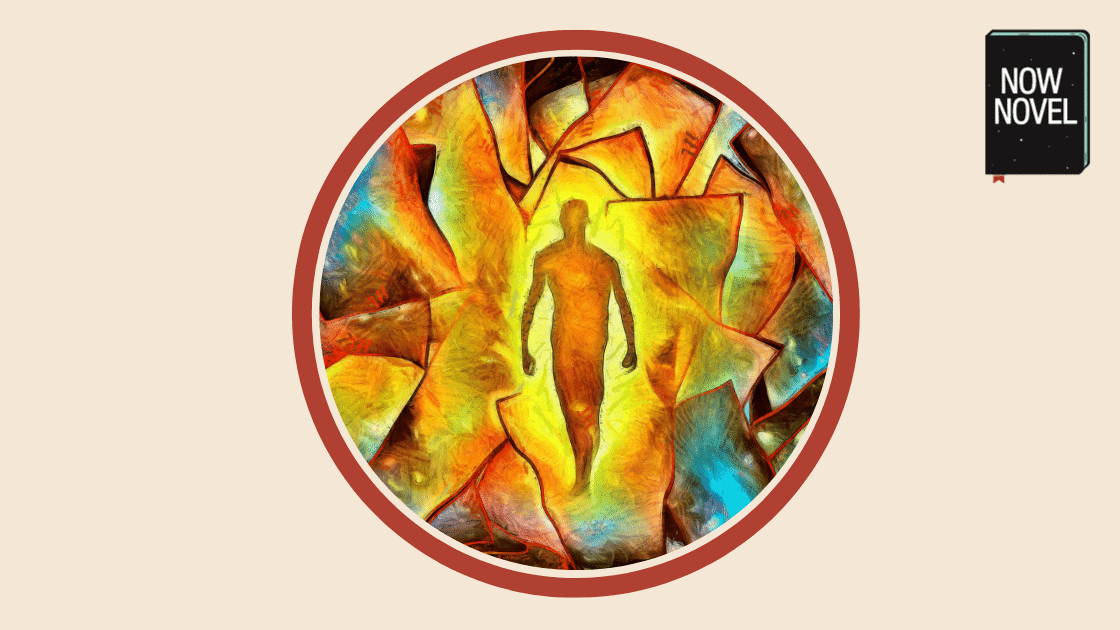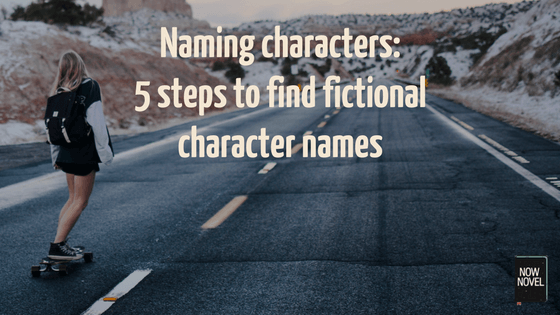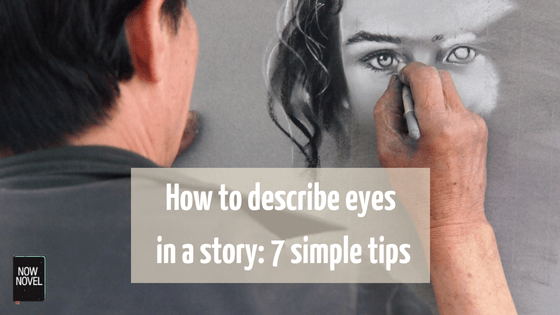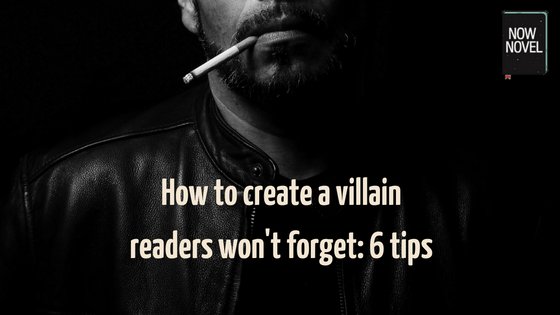If you want readers to fall in love with your novels, writing great characters is crucial. Read 5 lessons modern novels give us in writing vivid characters:

Read Now Novel’s best character writing blog posts below. Learn how to create a cast for your story that is rich with bold personalities. The best stories make it easy for us to connect with characters and become invested in their story outcomes. Learn how to describe characters’ faces, postures, speech and more. You can also find helpful guides on creating conflict between characters, different kinds of relationships between members of the cast of your story and more.

If you want readers to fall in love with your novels, writing great characters is crucial. Read 5 lessons modern novels give us in writing vivid characters:

The best-loved fiction for children, teens and adults shares characters who feel familiar. This is because effective characters often have strong archetypal qualities. They have combinations of fears and goals – character psychology – we’ve seen before. What are character archetypes, exactly, and how can you use them to make your novel’s cast more interesting?

Knowing how to introduce characters so that they stick in readers’ minds is a skill. Here are six techniques to create memorable first impressions:

Characterization – how you make a fictional character seem like a real, living, breathing person – is tricky. Besides describing characters physically, you need to convey their motivations, goals, personalities and flaws to make characters truly three-dimensional. Here are 5 characterization examples that show how to reveal your characters’ vital qualities:

Conflict is a key ingredient of an engrossing story. ‘Internal conflict’ and ‘external conflict’ are two terms you’ll often hear when people discuss character creation. Read definitions of these types of story conflict, then how to use them to develop your story:

Naming characters for a novel or short story is sometimes tricky. Finding fictional character names that suit characters’ personalities or carry apt connotations is rewarding, though. Here are 5 steps to choose a great character name:

Believable characters are the lifeblood of great stories. Get inspired and start creating characters readers love using these 8 tactics:

Learning how to describe eyes in a story without resorting to cliché helps set your writing apart from amateurish fiction. Many beginning authors over-rely on eye descriptions and eye color to create an impression of their characters. Here are 7 tips for talking about your characters’ eyes creatively:

Learning how to create a villain – the ‘bad guy’ of your novel – is as important as learning how to create a memorable protagonist. Read 6 tips for writing vivid villains: